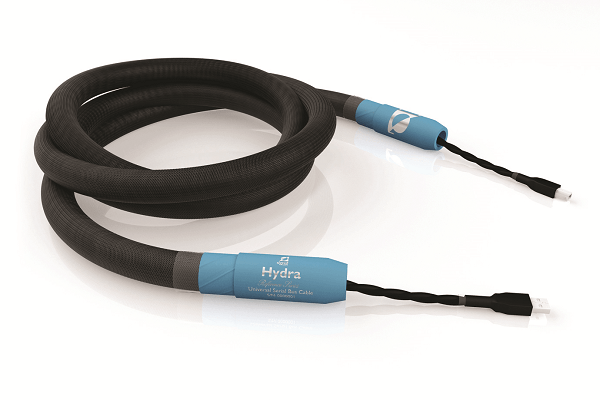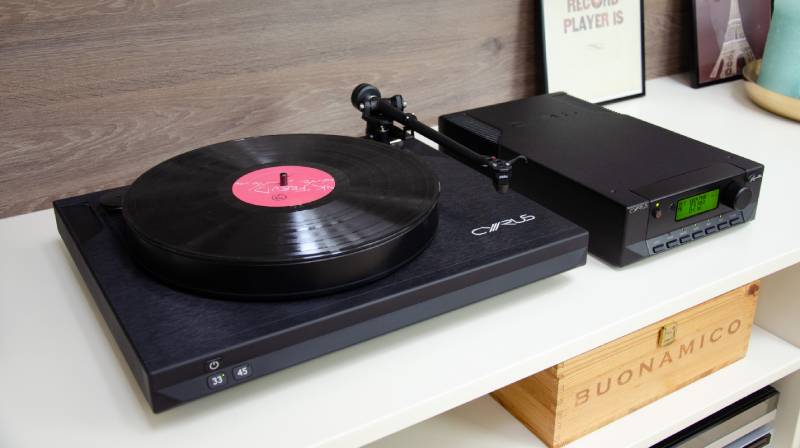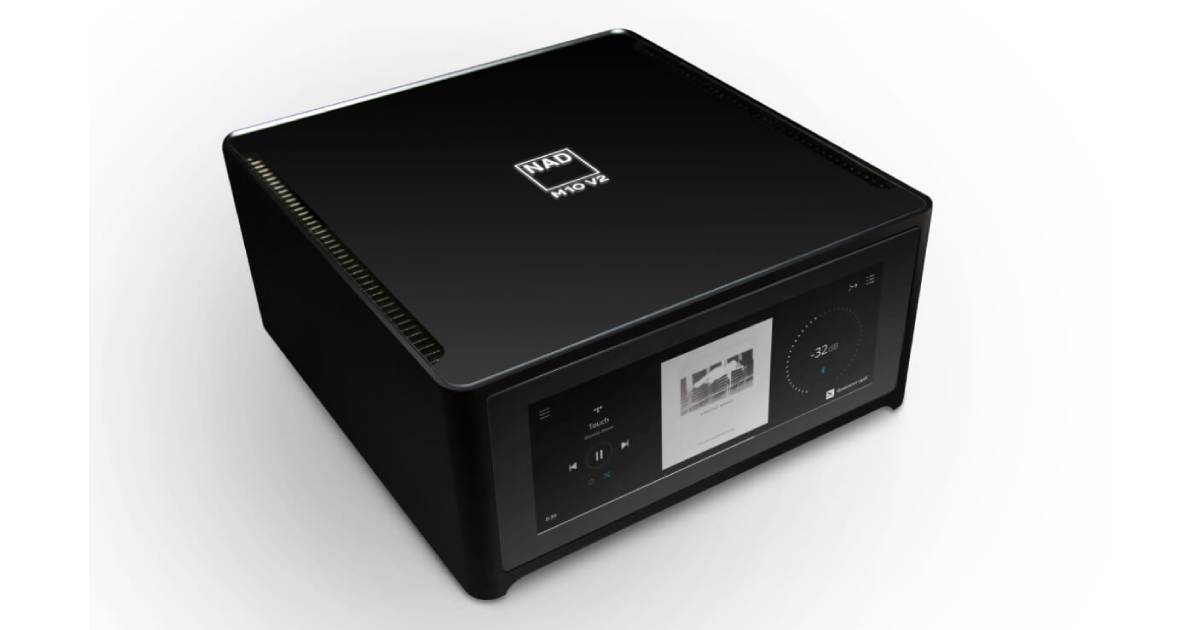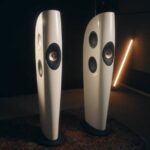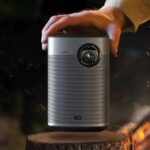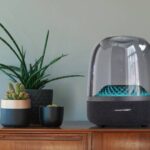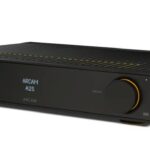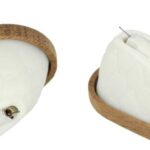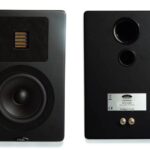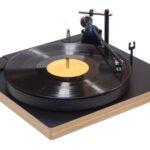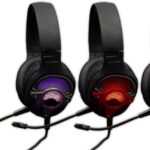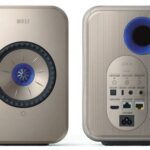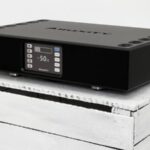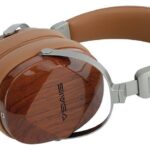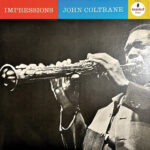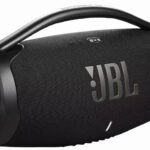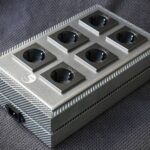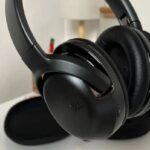Cable USB Type A/Type B.
Data are necessary!
It’s practically impossible to analyze all the details about “data cables” in relation with audio quality, in the following pages. We will be focus on the absolute basics and especially in Signal Projects, Hydra USB and our impressions of it. If the public behaves decently, we promise to come back with more ideas.
Let’s start quickly and “painfully”: First, digital signals do not exist in nature. All signals are analog -they change constantly over time, bur under strict conditions we can apply a digital model (two states) of their viewing and processing. Second, computer industry doesn’t know everything about audio and third audio industry doesn’t know everything about data. Conclusion: Don’t make conclusions about things that connect computers and audio devices. I know it’s difficult to accept this, but we have a lot to learn and even the industry and the academy will have to work a little harder.
Signal Projects…
…is almost a new company that specializes in cable manufacturing. And I mean it when I say “specialized”: On their site you will find an excellent and easy-to-read analysis of what affects the operation of a cable, what are the available solutions and which of them have been chosen from the company in order to design its products. This text is enough to give them a distance from many other “branded” manufacturers. This approach had enabled Signal Projects to create a wide range of products with substantial differences in conductor, dielectric and shielding materials. Currently, their list includes ten different complete series of cables (analog interconnect, digital interconnect, power and speaker) organized into four large groups according to cost, from the economical Studio and middle Reference and Signature series to the top Statement.
Aren’t all USBs the same?
The answer could be “yes”, but you have to read again the introductory paragraph. Quite simply and if we want to be honest, we don’t know. Many people consider jitter as the key point, at the level where the cable affects the rise and the fall time of the signal. Other people see the cable-induced noise as possible cause of problems in the following DAC. If you search in the AES library for such issues, you will find the absolute zero. Constructively the differences can be chaotic. Take for example the Hydra USB, a mid-range cable (Signal Projects USB cables starts from €350,-/m). It’s a very good construction, with the right flexibility, despite its large diameter (see in the photo, that the last centimetres at each end are much thinner (and more flexible) so as not to exert unnecessary forces on the plugs of the devices. Despite the general philosophy of Signal Projects to use combination of metals (copper, silver and gold) in its cables, Hydra USB is made only of very high purity -7N (99,999997%) – copper, which the company calls PSSCC (Perfect Surfaced Solid Core Copper). The company doesn’t say anything about this model, but its philosophy provides complete shielding for its digital cables, in the logic of the corresponding analog. In the Hydra series, this is done with a double layer (aluminium foil and copper mesh), with the dielectric being a combination of Polyolefin and PTFE.
Changes…
I replaced a good quality, but standard USB cable – with gold-plated plugs and basic shielding, that I use to connect the laptop to the Clock/Usb-SPDIF interface Puccini of dCS, through which I drive the Teac Esoteric D70 – with Hydra USB. The change brought audible results, with most important the best description of the lower end of the spectrum, which gained better volume, stronger presence and more possibilities for imposing results. There were also changes in the image of the system which grew a little and maybe became more atmospheric and embossed. It’s also important the fact that there haven’t been wrong changes to any of the quality features of the reporting system. The general impression is that with
Hydra USB, the sound of the system became more pleasant and if you asked me if I would use it on a permanent basis, the answer is “definitely yes”!
I have to admit that I don’t have an explanation for all these (however, this doesn’t mean that there isn’t one). Hydra USB seemed to work and improve the sound of the system in an obvious way, being based on the holistic philosophy of Signal Projects that wants above all, the cable to be electric. You must listen to it! Highly recommended!
Overview
Description: USB cable.
Finish: Type A/Type B.
Conductor: High purity copper, 99,999997%, PSSCC
Cross Sectional Area: 0,58mm2
Resistance: 20.12mΩ/ft.
Inductance: 0,47μΗ/ft
Capacity: 14,20pF/ft
Price: €1.100,-/m
http://www.signalprojects.com/
Τhe article was published in the issue 3 of YELLOWBOX Hi-Fi magazine fron Stamatakos Dimitris._

